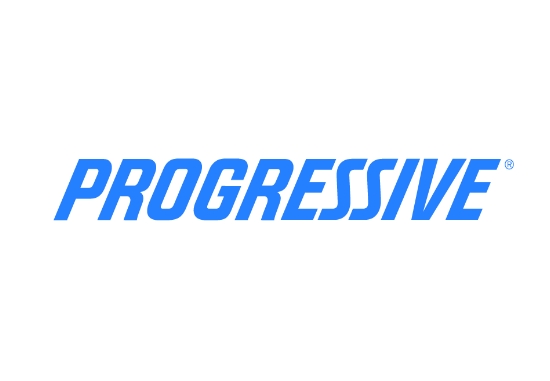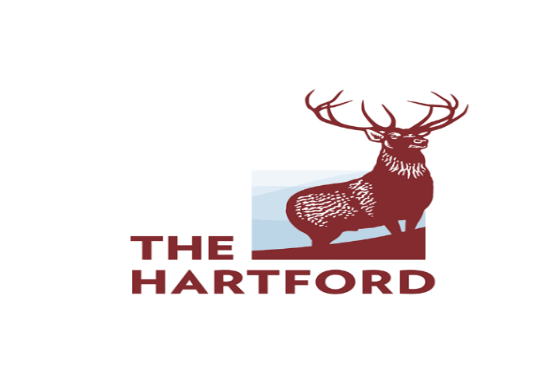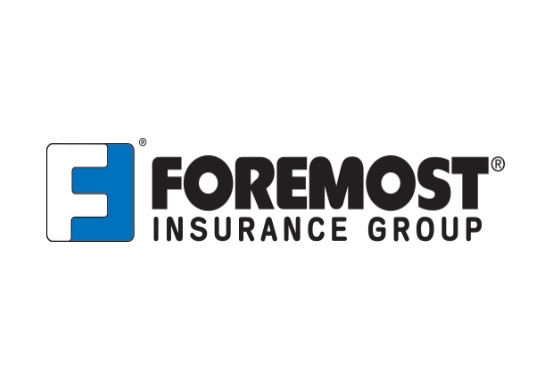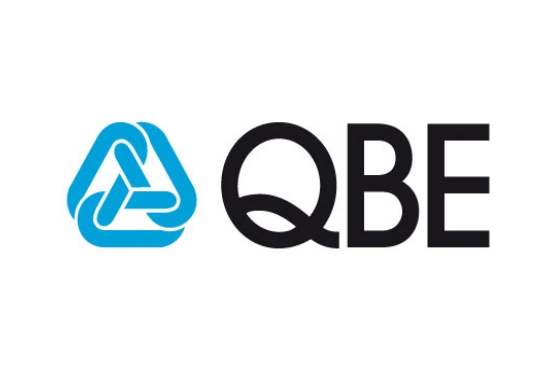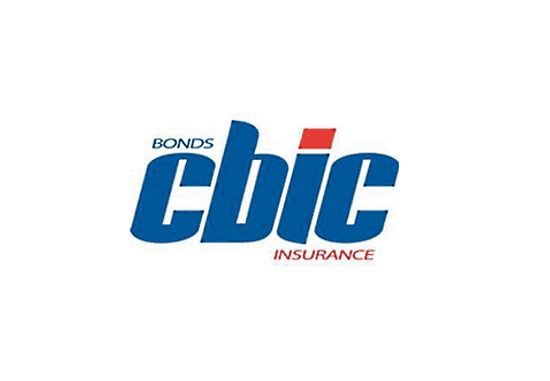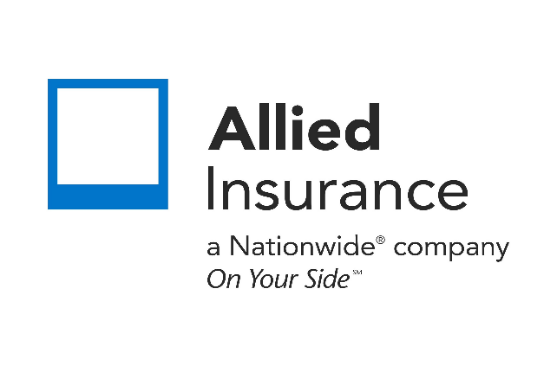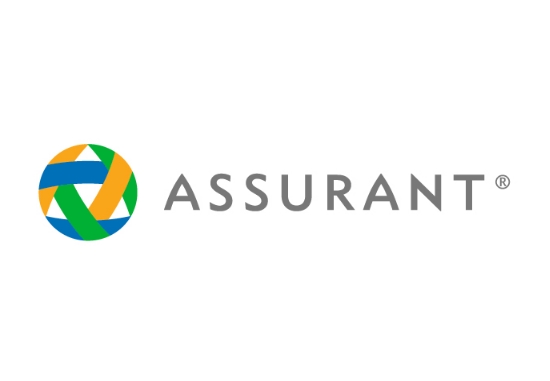What are the 3 different examples related to strict liability?
Exploring Strict Liability Examples: Understanding Legal Principles and Application
Strict liability is a legal concept that holds individuals or entities responsible for damages or injuries caused by their actions, regardless of fault or intent. In this comprehensive guide, we’ll delve into three different examples related to strict liability, providing insights into how this legal principle is applied in various contexts.
Example 1:
Product Liability One of the most common examples of strict liability is product liability. Manufacturers, distributors, and sellers can be held strictly liable for injuries or damages caused by defective products, regardless of whether they were negligent. This means that if a product has a defect that causes harm to a consumer, the manufacturer or seller can be held responsible for compensating the injured party. Examples of defects that may lead to product liability claims include design defects, manufacturing defects, and failure to provide adequate warnings or instructions. Product liability laws vary by jurisdiction, but they generally aim to protect consumers and hold manufacturers accountable for the safety of their products.
Example 2
Ultrahazardous Activities Another example of strict liability involves ultrahazardous activities, which are inherently dangerous and pose a significant risk of harm to others. Individuals or entities engaged in ultrahazardous activities, such as using explosives or handling toxic substances, can be held strictly liable for any harm that results from these activities. This means that if someone is injured or property is damaged as a result of an ultrahazardous activity, the person or entity responsible for conducting the activity may be held liable, even if they took reasonable precautions to prevent harm. Strict liability in ultrahazardous activities is based on the recognition that certain activities inherently pose risks that cannot be entirely eliminated, making it necessary to hold the responsible parties accountable for any resulting harm.
Example 3
Keeping Wild Animals. Keeping wild animals as pets or for other purposes can also give rise to strict liability. Owners of wild animals, such as exotic pets or dangerous wildlife, may be held strictly liable for injuries caused by their animals, even if they took reasonable precautions to prevent harm. This means that if a wild animal attacks someone or causes damage to property, the owner may be held responsible for compensating the injured party. Strict liability in cases involving wild animals is based on the understanding that these animals possess natural instincts and behaviors that can lead to unpredictable and potentially harmful situations.
Strict liability is an important legal principle that applies in various contexts to ensure accountability and protect individuals from harm. By holding parties responsible for damages or injuries caused by their actions, regardless of fault or intent, strict liability promotes safety and fairness in the legal system.
We will find the best business insurance tailored to your needs. Read more…
Related Posts
Get a Right Insurance For You
SHARE THIS ARTICLE
We will compare quotes from trusted carriers for you and provide you with the best offer.
Protecting your future with us
Whatever your needs, give us a call, have you been told you can’t insure your risk, been turned down, or simply unhappy with your current insurance? Since 1995 we’ve been providing coverage to our customers, and helping people across United States.

